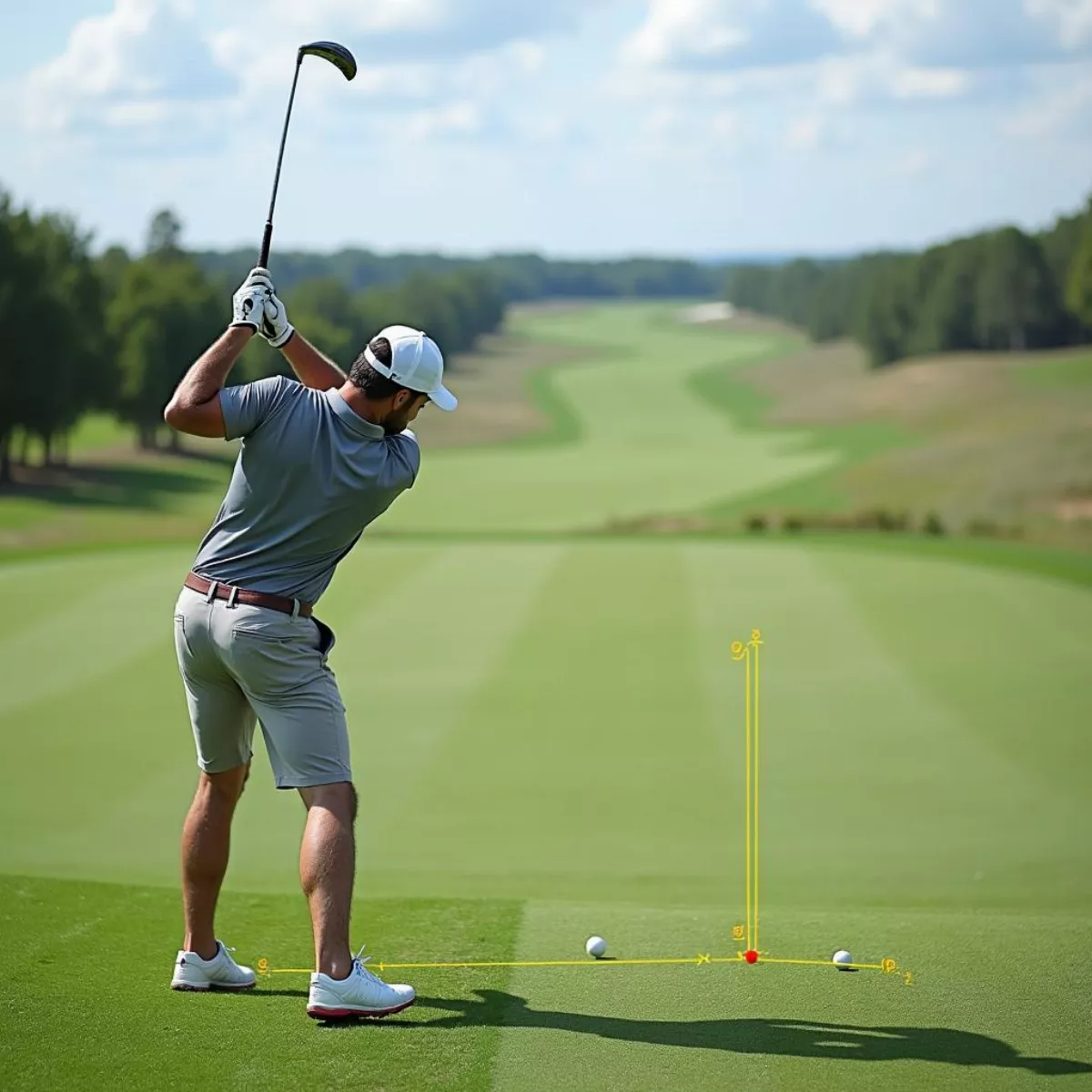Golf is a game rich with terminology and nuances, and one of the terms you often hear is the rough. If you’re new to the sport or just want to refine your knowledge, understanding what the rough is and how it impacts your game is essential. In this guide, we’ll demystify what the rough is, why it matters, and how to navigate it successfully.
What is the Rough in Golf?
In golf, the rough refers to the areas of longer grass that border the fairway. It’s not just about aesthetics; the rough plays a crucial role in the overall challenge of the game. Given its nature, it varies in height, thickness, and type of grass, which can significantly affect your play.
Types of Rough
- Primary Rough: Located right outside the fairway, this grass is typically taller and denser but not as challenging as deeper rough areas.
- Secondary Rough: This is where the challenge increases. The grass is taller, and the terrain can be uneven, making it harder to hit the ball accurately.
- Deep Rough: Found further from the fairway, this area can challenge even the most skilled golfers. It often contains thick, tangled grass that can obstruct your stance and swing.
Why the Rough Matters
The rough is not just a visual element; it fundamentally changes how a player approaches each shot. Key reasons include:
- Shot Difficulty: Hitting from the rough can be much more challenging due to the taller grass, which can impede the clubface. This can affect accuracy and distance.
- Strategy: Knowing how to play from the rough can dictate your overall strategy for a hole or round.
- Penalties of Mishits: Straying into the rough can add strokes to your total score, making it critical to avoid it when possible.
 Golf Course Rough Areas
Golf Course Rough Areas
Tips for Navigating the Rough
Going into the rough doesn’t mean that all is lost. Here are some essential tips to help you play effectively from this challenging terrain:
- Assess the Situation: Before striking, take a moment to evaluate the lie of the ball. Is it sitting down? On an upslope? Understanding this will help you decide how to approach the shot.
- Choose the Right Club: Often, clubs with more loft are better for escaping the rough. A hybrid or iron can provide better results than a wood, especially in thick grass.
- Make a Powerful Swing: Staying confident in your swing can lead to better results. A more aggressive move can help cut through the grass effectively.
- Focus on the Follow-Through: Completing your swing can add distance and control. Don’t be afraid of finishing your follow-through even when you’re in the rough.
 Golfer Hitting From Rough
Golfer Hitting From Rough
Common Shots from the Rough
Here are some typical shots and how to approach them from the rough:
| Type of Shot | Tips |
|---|---|
| Short Approach Shot | Use a wedge or short iron; open the clubface. |
| Long Approach Shot | Use a hybrid or 4-iron; take a more aggressive swing. |
| Recovery from Deep Rough | Try to advance the ball; focus on making solid contact. |
Practice Makes Perfect
When it comes to improving your game from the rough, practice is invaluable. Spend some time on the course focusing exclusively on your rough play.
Drills to Consider:
- Lie Variations: Practice with different lies (tight, fluffy, and sandy) to develop your adaptability.
- Distance Control: Set targets at various distances and challenge yourself to reach them from the rough.
 Golf Practice Rough Drills
Golf Practice Rough Drills
The Mental Aspect of Playing from the Rough
Golf isn’t just a physical game; it’s mental, too. Playing from the rough can be frustrating, so it’s important to stay focused and positive. Here are some key mental strategies:
- Stay Calm: Accept that hitting into the rough is part of the game. Remaining composed can help you focus on your next shot.
- Visualize Your Shots: Imagine the shot you’d like to hit before you address the ball. Visualization can boost your confidence and performance.
- Adopt a Positive Attitude: A positive mindset can lead to better decision-making and shot execution.
Key Takeaways
- The rough is an essential part of the golf course, presenting both challenges and opportunities.
- Understanding the types of rough (primary, secondary, and deep) can influence your approach and equipment choice.
- Choosing the right club and focusing on proper swing mechanics can help you succeed from the rough.
- Practice regularly to build confidence and skill for hitting from the rough.
- Maintain a positive mental attitude to help you tackle the challenges that the rough presents.
Frequently Asked Questions
-
What should I do if the ball is buried in deep rough?
If your ball is buried, use a club with a wider sole to better chop through the grass. Aim to make solid contact and advance the ball as far as possible.
-
Can I take a practice swing in the rough?
Yes, you can take practice swings in the rough to gauge your stance and the swing needed, as long as you don’t interfere with other players.
-
How does the rough affect club selection?
The height and density of the grass can dictate club selection. Often, you will want to use a club that can cut through the grass effectively.
-
Is it better to aim for the fairway or the rough?
Always aim for the fairway, as it provides a more controlled lie and allows for better shot execution.
-
How can I improve my accuracy from the rough?
Focusing on practice and honing your swing mechanics can significantly improve your accuracy and comfort when playing from the rough.
-
Is there a penalty for hitting into the rough?
No, there is no penalty for hitting into the rough unless you are actually obstructing play or the ball is unplayable.
-
What are some good drills for practicing from the rough?
Set up cones or markers at different distances and practice hitting from various types of lies to improve your shot versatility.
-
How does the rough differ on different courses?
The texture, thickness, and height of the rough can differ significantly between courses based on the grass types and maintenance levels.
-
Why is the rough difficult to play from?
Tall grass can impede your swing, decrease distance, and create uneven lies, making it harder to control the shot.
-
What are the best clubs to use from the rough?
Hybrids, mid-irons, and wedges work best, depending on the distance to the hole and the depth of the rough.
Embracing the challenges presented by the rough can enhance your overall golf game. Whether you’re teeing off or chipping from the tough areas, understanding how to navigate the rough will undoubtedly improve your skills and lower your scores. Good luck on the course!